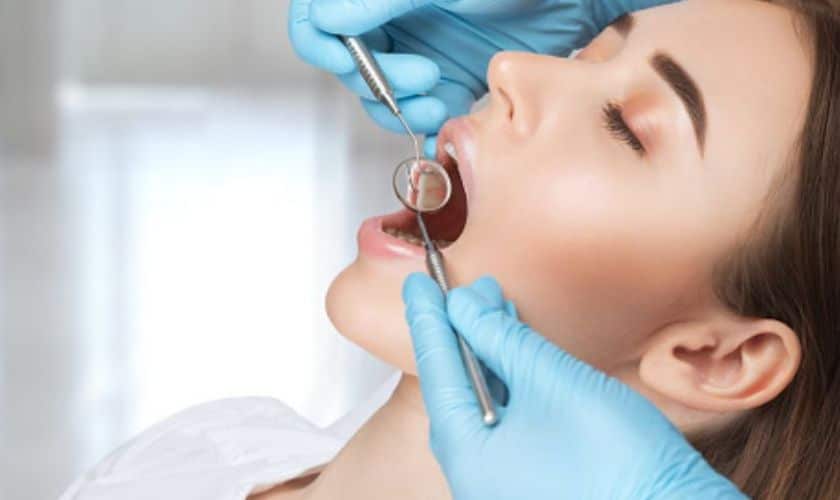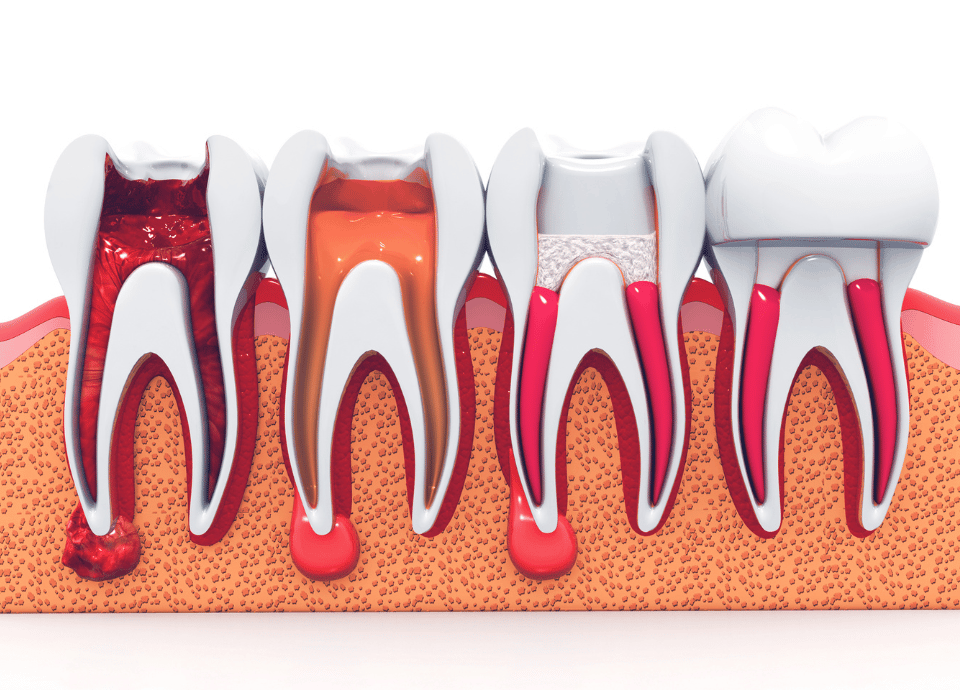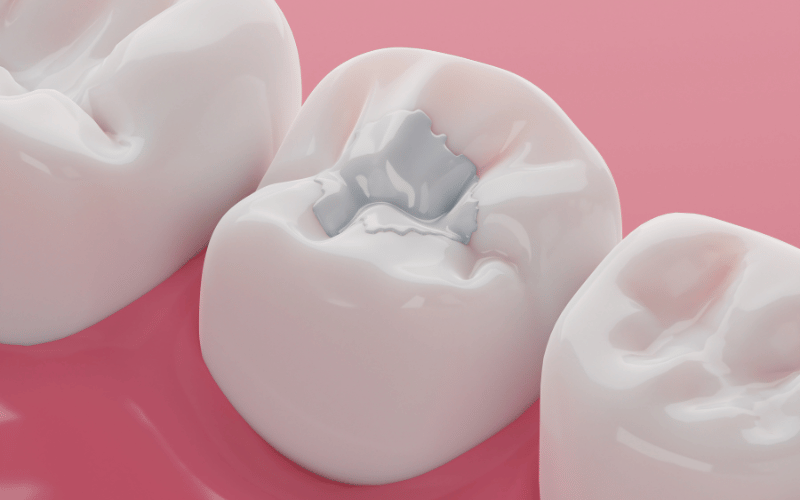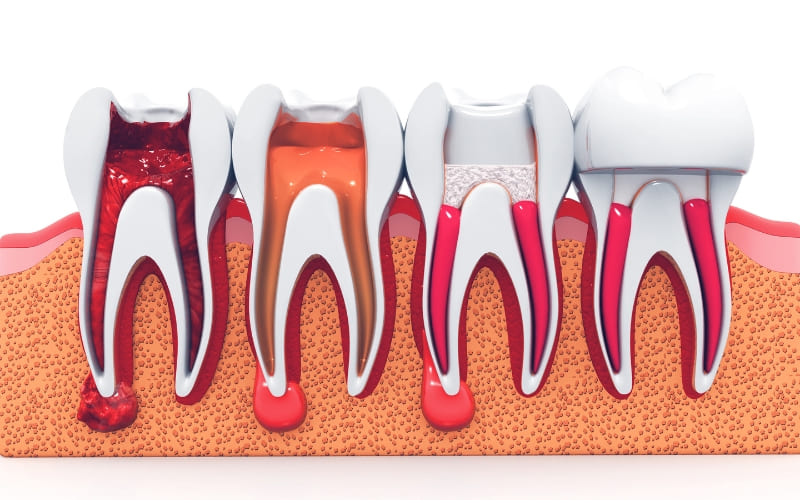Call: (810) 674-3060
The Benefits of Restorative Dentistry: Enhancing Oral Health

When it comes to our oral health, prevention is always better than cure. But what if the damage has already been done? That’s where restorative dentistry comes in! Restorative dentistry procedures not only help improve the appearance of your teeth but also enhance your overall oral health and quality of life. From filling cavities to replacing missing teeth, let’s dive into the world of restorative dentistry and discover its amazing benefits.
What is Restorative Dentistry?
Restorative dentistry is a branch of dentistry that focuses on repairing and restoring damaged or missing teeth. This includes procedures such as fillings, crowns, bridges, and implants. The goal of restorative dentistry is to improve both the function and appearance of your teeth.
One common scenario that comes into play is when you have cavities. Cavities are caused by bacteria in your mouth that produce acid that eats away at the enamel on your teeth. If left untreated, cavities can lead to tooth decay and even tooth loss. Restorative dentists use fillings to repair cavities by removing the decayed portion of the tooth and filling it with a material like composite resin or amalgam.
Another example is replacing missing teeth with dental implants. Dental implants are artificial roots made of titanium that are surgically placed into your jawbone to support a replacement tooth or bridge. Implants not only restore missing teeth but also promote bone growth in the jaw.
In short, restorative dentistry aims to help patients regain their oral health through various procedures designed specifically for each patient’s unique needs.
The Different Types of Restorative Dentistry Procedures
Restorative dentistry is a branch of dental care that aims to restore the function and appearance of damaged or missing teeth. There are several types of restorative dentistry procedures available, each designed to address specific dental issues.
One common type is dental fillings. Fillings are used to repair teeth that have been damaged by cavities or decay. The filling material can be made from a variety of materials, including amalgam, composite resin, porcelain, and gold.
Another type is dental crowns. Crowns are used to cover and protect damaged or weakened teeth. They can also be used in conjunction with other treatments such as root canal therapy or as part of a full mouth reconstruction.
Dental implants are another popular form of restorative dentistry. Implants replace missing teeth by surgically implanting an artificial tooth root into the jawbone. Once the implant has fused with the bone, it can support a crown, bridge, or denture.
In addition to these procedures, there are many other types of restorative dentistry treatments available depending on your individual needs and goals for oral health enhancement. Consulting with your dentist will help you determine which option would work best for you and provide optimal results in restoring your smile’s functionality and appearance!
The benefits of restorative dentistry
Restorative dentistry is a branch of dental medicine that focuses on restoring oral health and function. The procedures involved in this field range from simple fillings to complex surgeries, all of which aim to improve the patient’s quality of life.
One significant benefit of restorative dentistry is its ability to enhance a person’s appearance. People with damaged teeth often feel self-conscious about their smile, leading them to avoid social situations or even job opportunities. Restorative dentistry can correct these issues and give patients back their confidence.
In addition to improving appearance, restorative dentistry also improves oral health by preventing further damage or decay. For example, untreated cavities can lead to more severe dental problems such as gum disease or tooth loss. By addressing these issues early through restorative treatments, patients can prevent additional damage and preserve their natural teeth for longer.
Restorative dentistry procedures are customized according to each patient’s unique needs and preferences, ensuring that they receive personalized care that addresses their specific concerns. This approach not only ensures better results but also helps patients feel more comfortable throughout the process.
Restorative dentistry offers numerous benefits beyond just fixing damaged teeth. It can improve a patient’s overall quality of life by enhancing appearance, preserving oral health, and providing individualized care tailored specifically for them.
How does restorative dentistry work?
Restorative dentistry works by addressing any dental issues that may be affecting a patient’s oral health, comfort, and appearance. The dentist will begin with an examination to determine the best course of action for restoring the damaged or missing teeth.
There are many restorative procedures that can be performed, such as fillings, crowns, bridges, and implants. Fillings are used to repair cavities while crowns cover a damaged tooth entirely. Bridges replace one or more missing teeth and implants serve as artificial roots for replacement teeth.
The process begins with numbing the affected area before removing decayed parts of the tooth or preparing it for restoration. Once ready, filling material is placed into the cavity, a crown or bridge is fitted in place, or implant posts are inserted into your jawbone.
Afterward, patients can expect some recovery time depending on their procedure type but should experience restored function and aesthetics in no time.
Restorative dentistry plays a vital role in maintaining good oral health by fixing issues like decayed teeth thus preventing further damage and helping avoid costly treatments down the road.
The Bottom Line
Restorative dentistry offers a wide range of benefits to enhance your oral health and overall quality of life. With the different types of procedures available, you can choose the one that suits your needs best.
Restorative dentistry not only improves the appearance of your teeth but also helps in restoring their functionality. It boosts your confidence by giving you a beautiful smile and enables you to eat without discomfort or pain.
To enjoy these benefits fully, it’s crucial to maintain good dental hygiene practices after undergoing any restorative procedure. Regular brushing, flossing, and visiting a dentist regularly will help keep your teeth healthy for longer.
So if you’re looking for ways to improve your oral health while enhancing your smile’s aesthetic appeal, consider choosing restorative dentistry procedures at Burton Family Dental. Your life will be greatly improved with healthy teeth!
FAQs
Q.1 Is restoration the same as filling?
To cure tooth decay, also known as cavities or imperfections on the surface of the tooth, your dentist may use fillings, which are specialized materials that can be placed in or on your teeth. Restorations are another name for fillings in some contexts. They return both the tooth’s structure and its function to normal. Recent developments in dental materials and techniques have made possible new, more efficient ways to rebuild teeth.
Q.2 Can you restore teeth’ enamel?
When tooth enamel becomes damaged, it can never be restored. However, the mineral content of enamel can be increased to restore it in some cases. Kinds of toothpaste and mouthwash can help with this remineralization process, but they can never “rebuild” teeth on their own.




